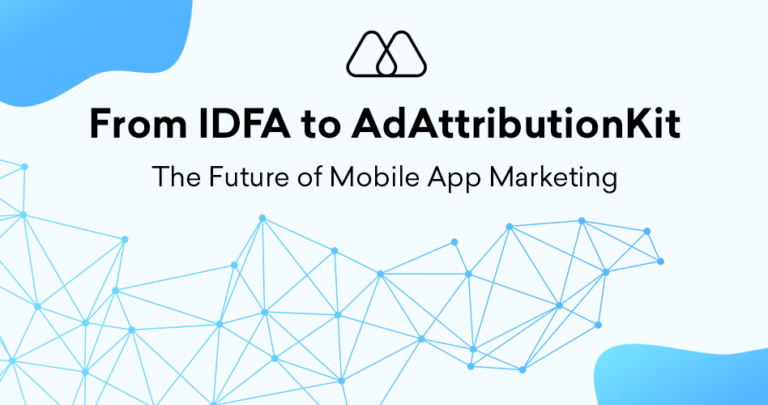In the data-driven world of mobile app advertising, accurately attributing conversions to specific marketing efforts is crucial for campaign optimization and maximizing return on investment (ROI). While click-through attribution (CTA) focuses on clicks that lead to conversions, view-through attribution (VTA) sheds light on a crucial aspect of the user journey: ad impressions that influence conversions without an immediate click.
What is View-Through Attribution (VTA)?
View-through attribution (VTA) assigns conversion credits (app installs, in-app purchases, etc.) to ad impressions, even if users don’t click on the ad they’re viewing. This approach acknowledges the influence that ad impressions can have on user awareness and brand consideration, ultimately leading to conversions at a later stage.
Why is VTA Important in Mobile App Advertising?
View-Trough Attribution (VTA) offers valuable insights for mobile app marketers in a world where users are increasingly exposed to ads but might not always click through immediately. Here’s why View-Through Attribution is important:
- Captures the Full User Journey: VTA goes beyond clicks and provides a more holistic view of user behavior. It acknowledges that users often engage in a multi-touch journey before converting, with ad impressions playing a role in building brand awareness and consideration.
- Optimizes Campaign Targeting: By understanding which impressions contribute to conversions, VTA can help refine campaign targeting strategies. You can identify demographics, interests, and placements most effectively influencing users, even if they don’t click immediately.
- Improves App Store Optimization (ASO): VTA insights can inform ASO strategies. By understanding how users discover your app organically after seeing impressions, you can optimize your app store listing and keywords to capture users at the consideration stage.
- Measures Brand Awareness & Recall: VTA helps assess the effectiveness of brand awareness campaigns that increase overall brand recognition. By tracking conversions influenced by impressions, you can gauge the impact of your branding efforts on user behavior.
- Provides a Fairer Budget Allocation: VTA ensures a more balanced budget allocation across different channels. By attributing conversions to impressions and clicks, you can give credit to channels that might not generate immediate clicks but still contribute to the user journey.
Implementing VTA for Mobile App Campaigns
Here are some key considerations for implementing VTA in your mobile app advertising campaigns:
- Utilize VTA-Compatible Platforms: Choose advertising platforms and analytics solutions that offer VTA capabilities and reporting features.
- Define VTA Lookback Window: Set a timeframe (typically 24 hours to 7 days) within which impressions are considered to have influenced a conversion.
- Multi-Touch Attribution Model Integration: Consider integrating VTA with a multi-touch attribution model for a comprehensive view of how different touchpoints contribute to conversions.
- Data-Driven Optimization: Leverage VTA data to optimize campaigns based on the channels and ad creatives that are most effective in driving conversions through impressions.
VTA vs. Click-Through Attribution (CTA): Understanding the Differences
VTA and CTA offer different perspectives on user acquisition. Here’s a breakdown:
- Focus: VTA focuses on impressions, while CTA focuses on clicks.
- Insights: VTA provides insights into the broader user journey, while CTA highlights the effectiveness of clicks in driving conversions.
- Applications: VTA is valuable for brand awareness campaigns and understanding the influence of impressions. CTA is ideal for measuring the performance of ad creatives that aim to generate immediate clicks.
5 Key Takeaways from View-Through Attribution (VTA)
- Beyond Clicks: VTA acknowledges the influence of ad impressions on user journeys, even without immediate clicks.
- Holistic View: VTA provides a more complete picture of user behavior by capturing the full conversion journey.
- Campaign Optimization: VTA insights help refine targeting, improve ASO, and optimize campaign budgets for better results.
- Brand Awareness Measurement: VTA gauges the effectiveness of brand awareness campaigns by tracking conversions influenced by impressions.
- Multi-Touch Attribution: Integrate VTA with multi-touch models to better understand user acquisition touchpoints.
View-through attribution is a powerful tool for mobile app marketers. By understanding its benefits, implementation considerations, and how it differs from click-through attribution, you can gain valuable insights into the user journey and optimize your mobile app advertising campaigns for sustainable user acquisition and growth.




